Beer has always been more than just a refreshing drink; it’s a social catalyst, a cultural icon, and a gateway to countless memorable experiences. Whether you’re a casual sipper or a dedicated enthusiast, there’s no shortage of ways to dive into the world of beer activities. From mastering the art of virtual beer tastings to hosting lively home parties, beer offers a versatile platform for connection, celebration, and exploration. In this guide, we’ll explore everything you need to know to make your beer experiences unforgettable, from the basics of beer appreciation to creative ways to celebrate International Beer Day and beyond. Let’s toast to the endless possibilities of beer activities!
Key Takeaways
– One Beer an Hour Rule: Safely spread out alcohol intake to avoid unsafe blood alcohol content (BAC), adhering to legal limits and promoting responsible driving.
– 3-2-1 Drinking Rule: Limit yourself to 3 drinks daily, take 2 rest days weekly, and enjoy one drink on rest days to maintain moderation and liver health.
– Moderation is Key: Avoid heavy drinking, such as 3 beers in one night, to reduce health risks like liver damage and hangovers.
– Responsible Social Drinking: Enjoy beer activities like virtual tastings and home parties responsibly, always staying within safe limits and considering hydration and food intake.
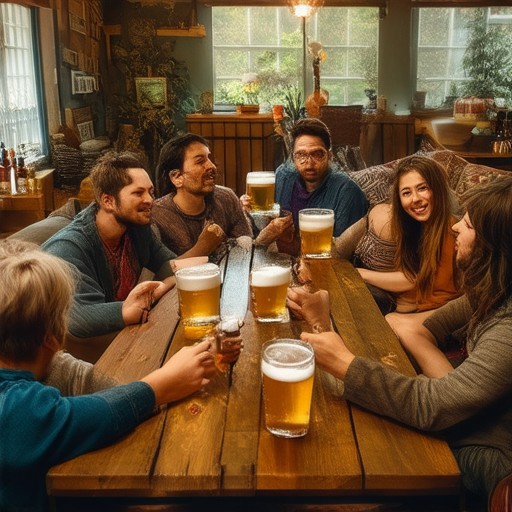
The 3:30-300 Rule for Beer
The 3:30-300 rule is a simple yet effective guideline for understanding how temperature and time affect beer freshness. Here’s a breakdown:
- 90°F for 3 Days : Beer stored at 90°F (approximately 32°C) for three days will develop a similar level of oxidation and flavor as beer stored at 72°F (22°C) for 30 days. This demonstrates that higher temperatures accelerate the aging process.
- 72°F for 30 Days : Storing beer at a cooler temperature of 72°F (22°C) for 30 days mimics the ideal cellaring conditions many brewers aim for, allowing the beer to mature slowly and develop character without rapid oxidation.
- 38°F for 300 Days : At a very cold temperature of 38°F (4°C), beer remains fresh for an extended period, up to 300 days, due to minimal chemical reactions and oxidation. This is why some breweries store their beer at such low temperatures to preserve its quality over time.
This rule highlights the relationship between temperature and time in beer storage, emphasizing that colder conditions slow down the aging process significantly.
Practical Tips for Home Brewers
Understanding the 3:30-300 rule can help home brewers manage their beer storage effectively:
- For short-term storage (like waiting for a party or event), use the 90°F for 3 days method to save space and time.
- For long-term storage (several months or more), opt for the 38°F for 300 days approach to keep your beer fresh longer.
- Always store beer in a cool, dark place to prevent lightstrike, which can happen quickly at room temperature.
- Consider using a temperature-controlled environment, such as a refrigerator or wine cooler, to mimic professional storage conditions.
By applying these principles, you can ensure your beer stays fresh and flavorful, whether you’re storing it for a few days or several months.
How to Make Beer Drinking More Fun?
Beer is already a delightful beverage, but there are several ways to make the experience even more enjoyable:
- Pairing with Food: Enhance your beer experience by matching it with the right foods. Cheeses like cheddar or brie pair wonderfully with ales and lagers, while spicy dishes can complement bold IPAs.
- Experiment with Styles: Explore a variety of beer types. Try an imperial stout, a crisp lager, or a tangy sour ale to discover new flavors and textures.
- Brew Your Own Beer: Homebrewing is a fun and creative activity. You can experiment with different ingredients and recipes to craft a unique beer that suits your taste preferences.
- Host a Tasting Session: Gather friends or family for a beer tasting event. Sample a range of beers together, learning about their flavors, aromas, and origins.
- Attend Beer Festivals: Participate in local or national beer festivals. These events often feature an extensive selection of beers, live entertainment, and delicious food.
- Create Beer-Inspired Cocktails: Add a unique twist to your drinks by incorporating beer into cocktails like boilermakers or micheladas, which combine beer with spirits or soft drinks for a refreshing treat.
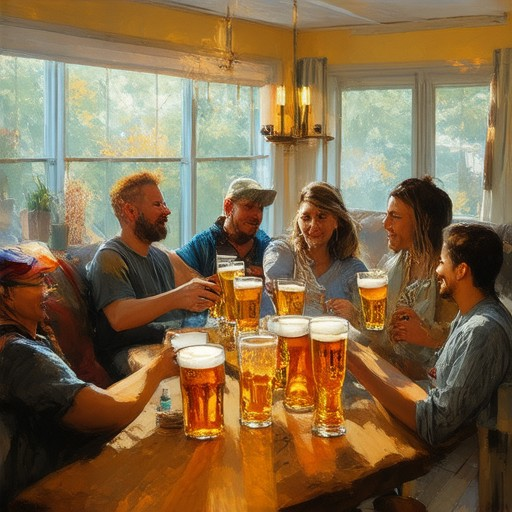
How to Celebrate Beer Day
Beer Day is the perfect opportunity to enjoy a cold one with friends, family, or fellow beer enthusiasts. Here are some creative ways to celebrate:
- Brewery Tastings: Attend a local brewery tour or tasting event. These events often feature exclusive releases and behind-the-scenes access to the brewing process.
- Visit Local Breweries: Explore craft breweries in your area. Many offer special discounts or limited-edition beers for the occasion.
- Pair with Food: Enjoy your favorite beers with a variety of snacks or full meals. Cheese, charcuterie, and hearty stews are excellent companions.
- Host a Homebrew Session: If you’re into homebrewing, invite friends to sample your creations or collaborate on a new recipe.
- Create a Beer Playlist: Curate a playlist featuring songs inspired by beer or breweries. It adds a fun, thematic touch to your celebration.
- Celebrate with Friends: Gather your closest beer-lovers for a casual gathering. Share stories, recommendations, and maybe even a few jokes about your favorite brews.
- Virtual Celebrations: If you can’t gather in person, join a virtual beer tasting or connect with friends via video chat to share your beers remotely.
Don’t forget to explore more resources on The Goods On Tap for brewery reviews, beer style guides, and event listings to make your Beer Day unforgettable!

What is the One Beer an Hour Rule?
The “One Beer an Hour Rule” is a guideline often referenced in discussions about blood alcohol content (BAC) and safe driving. Here’s a breakdown of the concept:
- Definition : The rule suggests that consuming approximately 1 ounce of alcohol per hour (or roughly one standard drink, such as a beer, a glass of wine, or a shot of spirits) spreads out alcohol intake over time, reducing the risk of reaching unsafe BAC levels.
- Blood Alcohol Content (BAC) : In many countries, including the United States, the legal limit for BAC while driving is typically 0.08% or lower. The one beer an hour rule aims to stay below this threshold.
- Timing : By spacing out consumption, the body has time to metabolize alcohol, preventing immediate intoxication and potential penalties like DUI charges.
- Considerations :
- Gender Differences : Women generally metabolize alcohol slower than men, so the rule may apply differently based on gender.
- Food Intake : Consuming food can slow absorption, affecting how quickly alcohol reaches peak BAC.
- Individual Metabolism : Some individuals metabolize alcohol faster or slower, making the rule a general guide rather than a strict rule.
- Exceptions : The rule assumes no other alcohol is consumed between drinks. Activities involving heavy machinery or operating vehicles require stricter adherence to avoid legal consequences.
- Practical Advice : While the one beer an hour rule provides a framework, it’s essential to monitor personal limits and local laws, as safety depends on individual factors and circumstances.
The 3-2-1 Drinking Rule Explained
The 3-2-1 drinking rule is a simple guideline to help individuals consume alcohol responsibly and reduce harm to their health. Here’s a breakdown of the rule:
- 3 Drinks Maximum per Day: The rule suggests limiting yourself to no more than 3 drinks in a single day. This helps prevent immediate effects of alcohol like intoxication and reduces the risk of developing dependencies.
- 2 Rest Days per Week: After consuming alcohol, allow at least 2 days of abstinence from drinking to give your body time to metabolize the alcohol and recover. This prevents hangovers and gives your liver a break.
- 1 Drink on Rest Days: On your rest days, it’s still okay to enjoy one drink to stay hydrated, but avoid sugary mixers and opt for water, club soda, or non-alcoholic alternatives to minimize health risks.
This rule emphasizes moderation and consistency, helping you maintain a healthy relationship with alcohol while minimizing potential negative impacts on your physical and mental well-being.
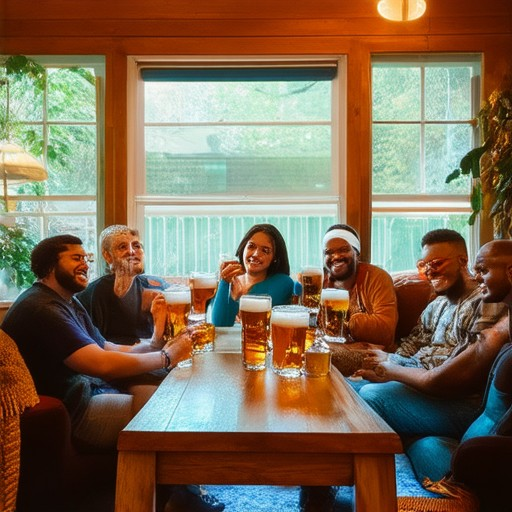
Is 3 beers in one night a lot?
Defining heavy drinking: According to the National Institute on Alcohol Abuse and Alcoholism, heavy drinking is typically defined as consuming 4 or more drinks per day for women or 5 or more for men, along with weekly limits of 8 or more drinks for women and 15 or more for men.
Excessive alcohol consumption can lead to serious health risks, including liver damage, hangovers, and an increased risk of accidents or injuries. Moderation is key to enjoying alcohol responsibly.
To reduce potential harm, consider these tips: – Stay within recommended limits. – Space out alcoholic beverages with non-alcoholic options. – Eat food while drinking to slow absorption. – Hydrate adequately before bed.
Conclusion: While 3 beers may seem moderate for some, it’s important to be mindful of your personal limits and overall health. If you’re unsure about safe consumption levels, consulting with a healthcare provider or relying on established guidelines can help you make informed decisions.
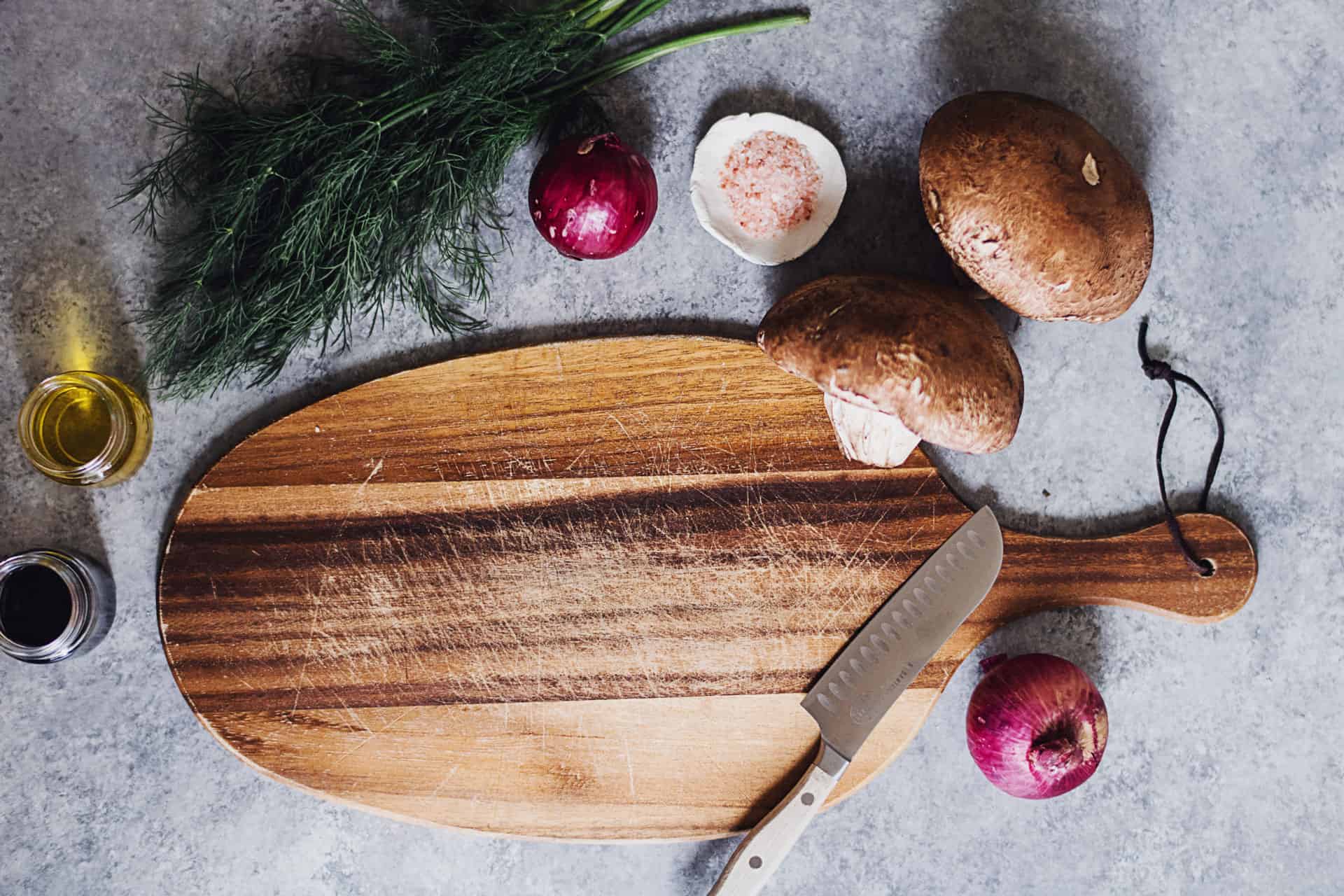
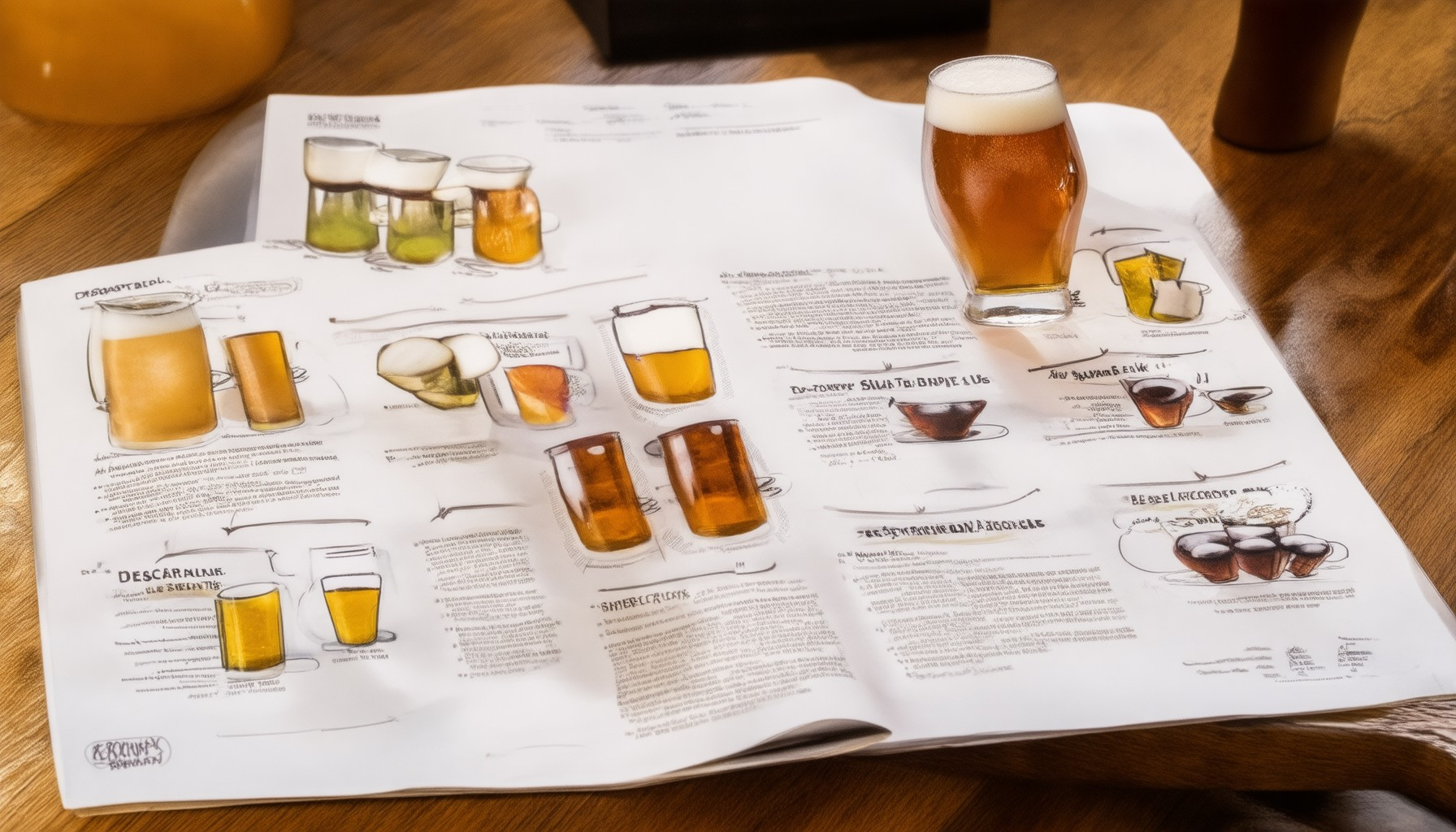

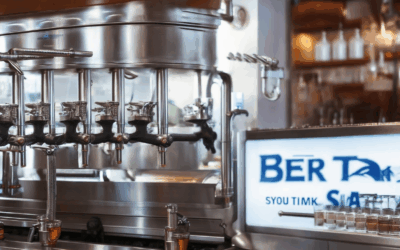
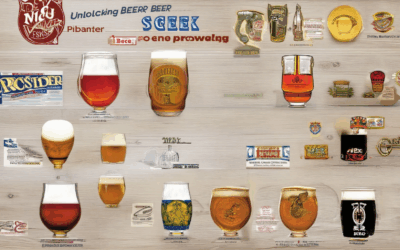
0 Comments